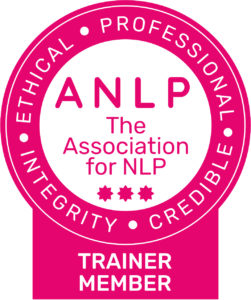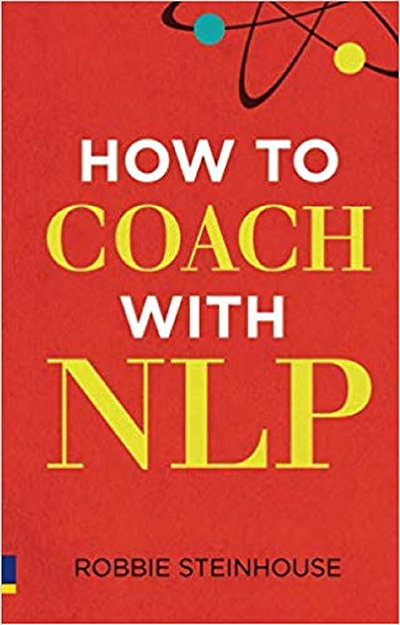How do you answer the question, “Who are you?”

With our Advanced Coaching training starting in early December, I have been revisiting a coaching process I created called Rescripting. The principle behind this is that one way of defining our identity is as a character in a story that has a specific script or destiny.
What ties A Hero with A Thousand Faces, Star Wars and folklore together? The Hero’s Journey
The famous anthropologist and psychologist Joseph Campbell wrote his seminal work called A Hero with a Thousand Faces. Campbell was also a consultant on the original Star Wars movies; a key feature of this work was the narrative principle of the Hero’s Journey – how do we overcome the ordeals life sometimes throws at us so we can grow into the sort of person we want to become?
Campbell travelled the world and discovered that around seven core stories have existed in numerous unconnected human cultures for millennia. What I find especially fascinating is that remote parts of the world, that had become inhabited tens of thousands of years ago by illiterate hunter-gathers, became cut off – say in America or Australia. However, they developed almost the same story to those told in Europe, Africa or Asia as their languages evolved. Campbell’s interpretation of this was as a species, we learn our roles as citizens in human society through archetypal myths and stories.
Empowering roles?
This ability to believe in a role is perhaps the most powerful way that humans have cooperated to build societies. It is perhaps what gives us an advantage over other primates such as chimps whose societies (called troupes) tend to break down after a size of approximately one hundred and fifty individuals is reached. As humans, there tends to be no limit to the size of our society as we are able to collectively believe the same subjective reality based on little more than an illusion created by a story.
There are however negative manifestations of this identification. More than ever before, children are bombarded by a diet of music videos, streaming services (including the Disney ‘classics’) and online content. This sadly can also provide a huge variety of potentially destructive roles to play in life.
Freud pointed out that a child often becomes confused by the symbolism of these stories, such as the metaphor of the stalk delivering a baby, and can misinterpret them and sense they are being lied to. Eric Berne (the founder of Transactional Analysis) developed the idea further into life-scripts where a young child can take these characters literally and believe it is actually their role in life. The child can then build them up with a bewildering array of experiences and observations and produce what superficially appears on the surface as a ‘professional person’, yet underneath this persona, it is the archetype that is really ‘running the show’. A common example is imposter syndrome, where superficially someone appears to be in charge, but underneath it they feel like a fraud; their script is telling them: ‘This isn’t really you. You don’t deserve this.’
Challenge your life script and the roles you play with Rescripting
It was my fascination with this material, and how combining it with the transformative power of NLP that enabled me to create the Rescripting process. The core idea is that an unconscious script we created in childhood would at best be haphazard and at worst highly destructive. However, as adults it is relatively easy to work out who we want to be (happy, healthy, loving and productive); we just need find a way to elegantly transform our old script into a role we want and deserve to play in our life.
Did you like this post?
Then check out our events and courses!
Register for Advanced Coaching – Processes for Personal and Professional Transformation 3 Day Course
Sign up to our new e-learning!
Where to find us
For posts, events, free open days and more, follow NLP School on:
Where to find Robbie
Twitter: @RSteinhouse
LinkedIn: Robbie Steinhouse
What to read next
How to Achieve Your Goals with NLP
How to Gain a Leadership Identity









